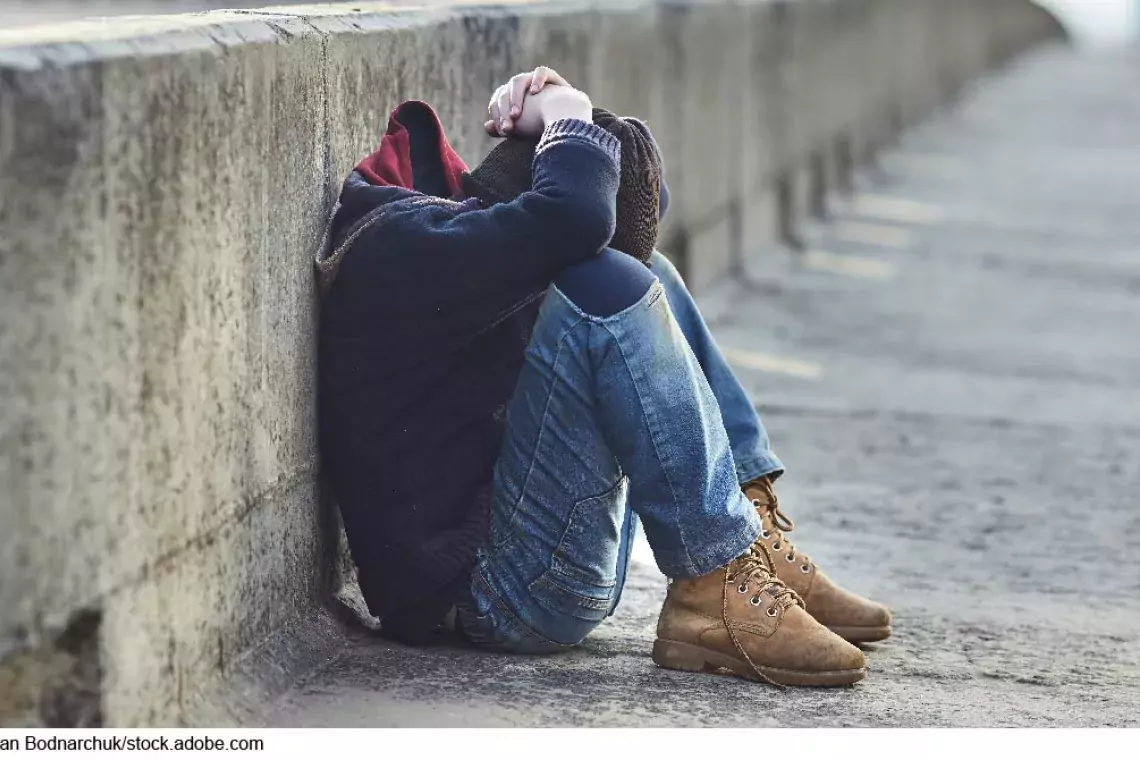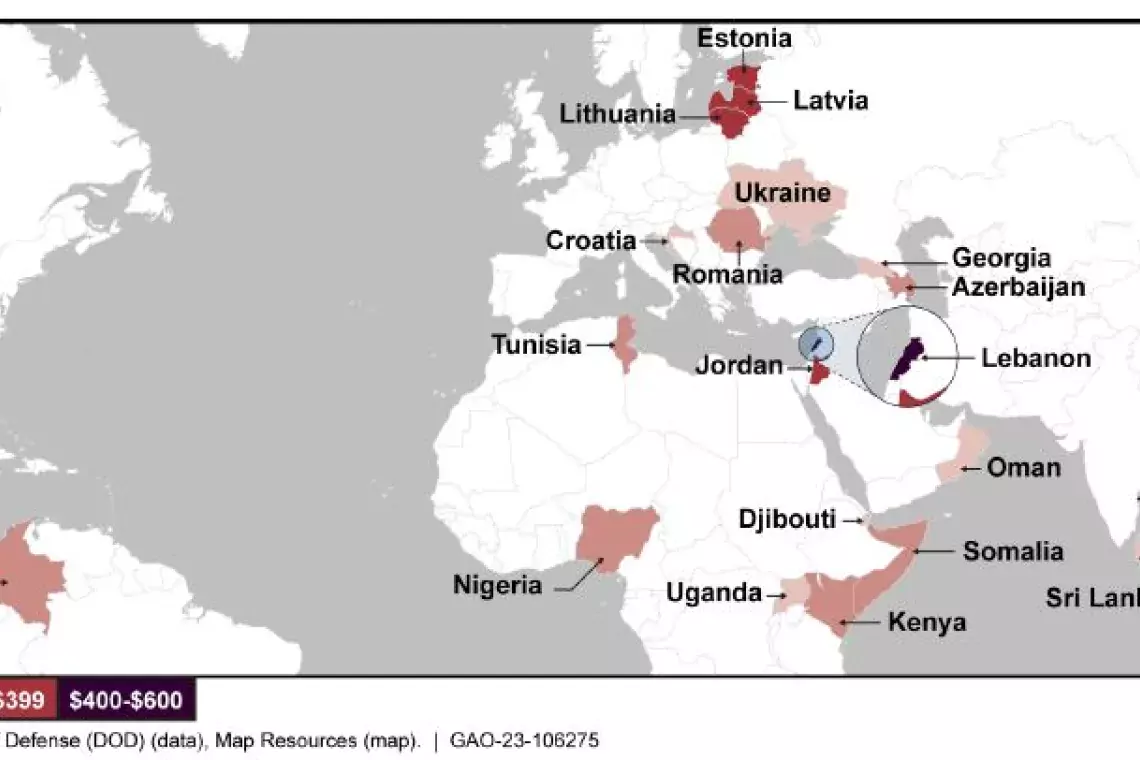What is the U.S. Government Doing to Combat Human Trafficking?
Human trafficking is a pervasive crisis throughout the world. Millions of women, men, and children—often held against their will in slave-like conditions—have been forced into servitude, forced labor, or the commercial sex trade. It is a multi-billion dollar industry that fuels organized criminal enterprises, finances terrorists, imposes social and public health costs, and inflicts grave damage upon its victims. So what is the U.S. government doing to combat the problem?
Today is the United Nations’ World Day Against Human Trafficking, so we’re taking a look at our latest work on federal efforts to address human trafficking across the globe.
Preventing, protecting, and prosecuting
In 2017, Departments of State and Labor and the U.S. Agency for International Development managed a total of 120 international counter-human-trafficking projects across more than 40 different countries.
The counter-trafficking projects have 3 goals:
- Prevent human trafficking through public awareness, outreach, education, and advocacy campaigns.
- Protect and assist victims by providing shelters as well as health, psychological, legal, and vocational services.
- Prosecute human trafficking by providing training and technical assistance for law enforcement officials, such as police, prosecutors, and judges.
How these projects work
State managed a short-term assistance project aimed at protecting human trafficking victims in emergency situations. The project provided shelter, food, counseling, and medical and legal services.
Labor managed a project with a goal to help bring local and national laws and policies into alignment with international labor standards.
Agencies also addressed human trafficking concerns in projects focused on other issues. For example, USAID included counter-trafficking and counter-child-labor activities in its project to help rebuild Ghana’s fishery industry through responsible practices.
Measuring impact
We found ways for State and USAID to get a better handle on how well their projects are working. Specifically, they were using inconsistent and incomplete information to assess project performance so there’s risk that they can’t fully or accurately understand what projects are, or aren’t, achieving, and how they could improve their efforts.
We made 5 recommendations to State and USAID to address these problems. Check out our report to learn more.
-
- Comments on GAO’s WatchBlog? Contact blog@gao.gov.
GAO Contacts
Related Products

GAO's mission is to provide Congress with fact-based, nonpartisan information that can help improve federal government performance and ensure accountability for the benefit of the American people. GAO launched its WatchBlog in January, 2014, as part of its continuing effort to reach its audiences—Congress and the American people—where they are currently looking for information.
The blog format allows GAO to provide a little more context about its work than it can offer on its other social media platforms. Posts will tie GAO work to current events and the news; show how GAO’s work is affecting agencies or legislation; highlight reports, testimonies, and issue areas where GAO does work; and provide information about GAO itself, among other things.
Please send any feedback on GAO's WatchBlog to blog@gao.gov.



